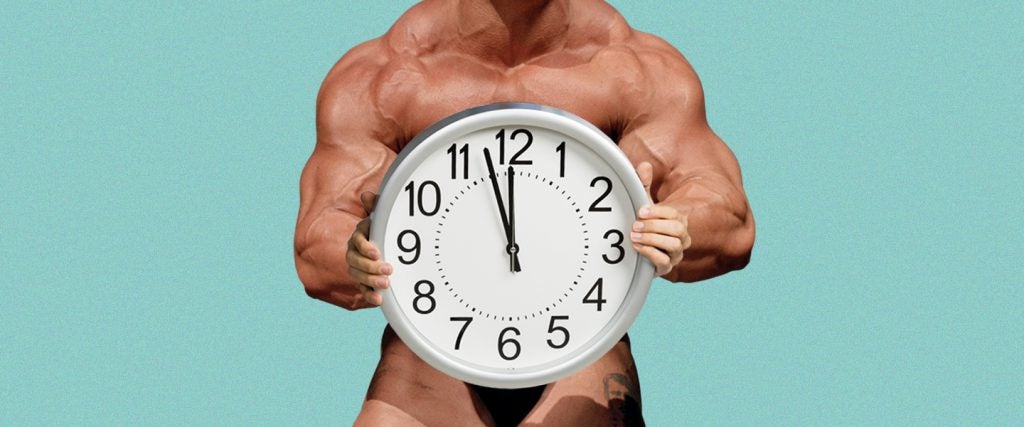When I first decided that I was at least semi-serious about swimming, it meant committing to the (training) lifestyle of a true swimmer. This involved waking up early nearly every morning, enduring two hours of long-course swim practice (as anyone who has endured long-course training knows, that’s a whole lot of water), squeezing in the rest of my life between the hours of 7 a.m. and 7 p.m. and returning to the pool for more aquatic submersion in the evening.
And yet, as far as I could tell, very little of my training was dependent upon what time of day it was, nor did any of my coaches ever speak up about why it would be scientifically advantageous to perform certain types of workouts at specific moments of the day. To the best of my knowledge, the goal of the coaches was to grind us down, provide us with a few hours to rest and then grind us down some more.
How much does training time matter?
Most discussion of optimizing training times has centered on circadian rhythm, which entails the pattern of biological processes that occur within the body over a 24-hour period. The eventual goal of such attempts to pair training varieties with their ideal moments with respect to the circadian rhythm has been to maximize the likelihood of desired outcomes by capitalizing on physiological responses to the time of day.
To get super specific about this — i.e., to go beyond merely determining whether it’s better to work out in the morning or at night — recent research conducted by the German Research Center for Environmental Health tried to identify and decode the hundreds of signals released by the body’s assorted organs, and to figure out an optimal time to engage in different sorts of training for the sake of perfecting exercise therapies.
Tested subjects performed exercise at either early light/rest phases or early dark/active phases, and samples were extracted from several of their body tissues — including the heart, liver, brain, muscle and fat — after exercise was concluded. The researchers revealed that they were able to identify how exercise was able to realign faulty circadian rhythms, which have been linked to increased risks of obesity and type 2 diabetes. They also found specific molecules that participate in “signaling” activities during exercise.
So what does all of this mean to me?
If you’re fortunate, it probably won’t mean anything to you at all.
Let’s take the results of the study at face value for a moment and overlook its three most glaring limitations: 1) The mandated physical exercise consisted solely of one-hour of treadmill runs; 2) the study paid no heed to differences in the genders of the subjects; and 3) all of the test subjects were mice.
Certainly, if you’re suffering from an unfortunate condition like severe obesity or type 2 diabetes, and you require some form of intervention from a specialist, it would obviously be in your best interest if a regimen of exercise therapy could be developed that would maximize your chances for overcoming those maladies. However, if you’re a serious athlete, your coaches are more than likely still going to demand two-a-day workouts from you, the timing of which is going to be far less consequential than whether or not the workouts are completed.
The same holds true if you’re merely training to maintain your physical fitness level and your general well-being. Opting to train first thing in the morning or during the post-work portion of your day may be dictated by factors other than personal preference, and the results you’re interested in achieving are probably more closely aligned with body recomposition, weight loss or maintenance and muscle strengthening than your circadian rhythm.
But how do I know focusing on my training time won’t give me a boost?
If you’re having trouble maintaining a healthy nutrition plan or faithfully adhering to an exercise routine in the first place, no attempt at biohacking the timing of your shoulder workout is going to compensate for the three consecutive weeks of workouts you missed leading up to it. To say nothing of the McFlurry you scarfed down in the parking lot before you walked through the door of the gym.
If you find yourself standing on the second rung of the Olympic podium listening to the National Anthem being played and lamenting that you missed out on speed-skating gold by a few hundredths of a second, that may be an appropriate time to concern yourself with whether or not you’re training at the optimal nanosecond of each day. Otherwise, the difference between you being able to do two pull-ups instead of 20 isn’t because your workout is at 9 p.m. instead of 9 a.m.

